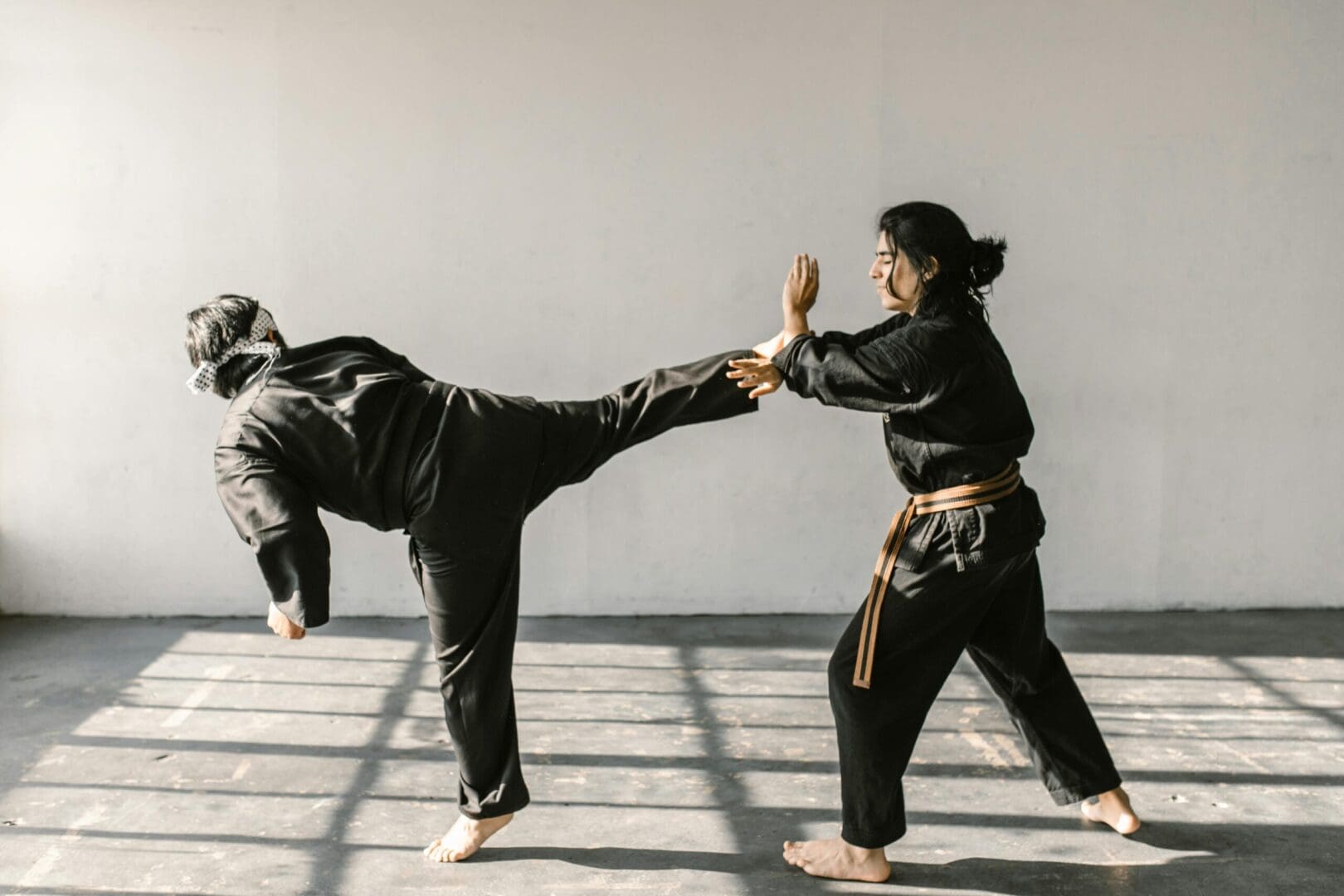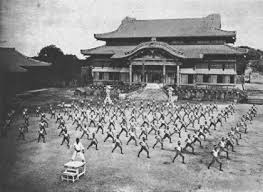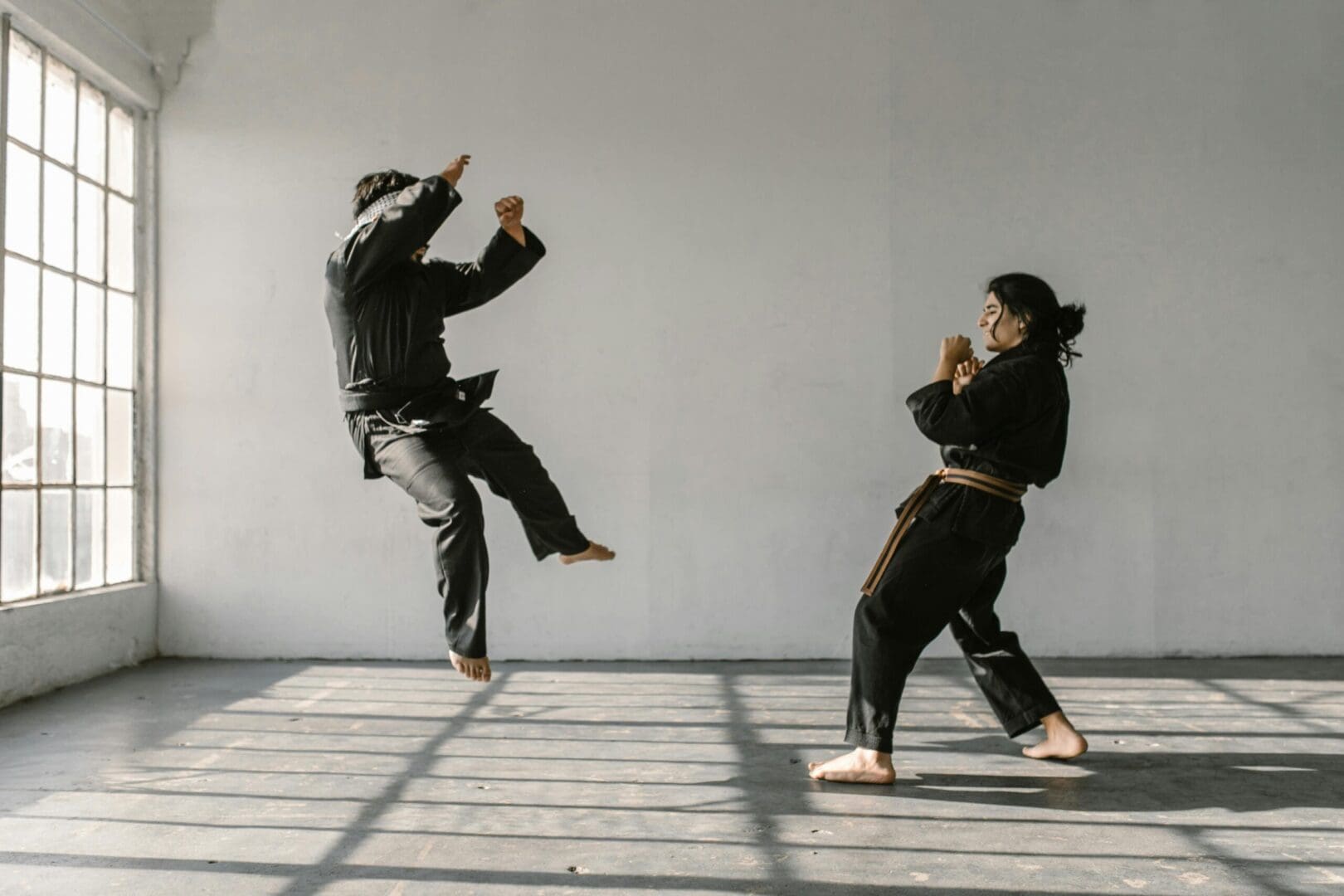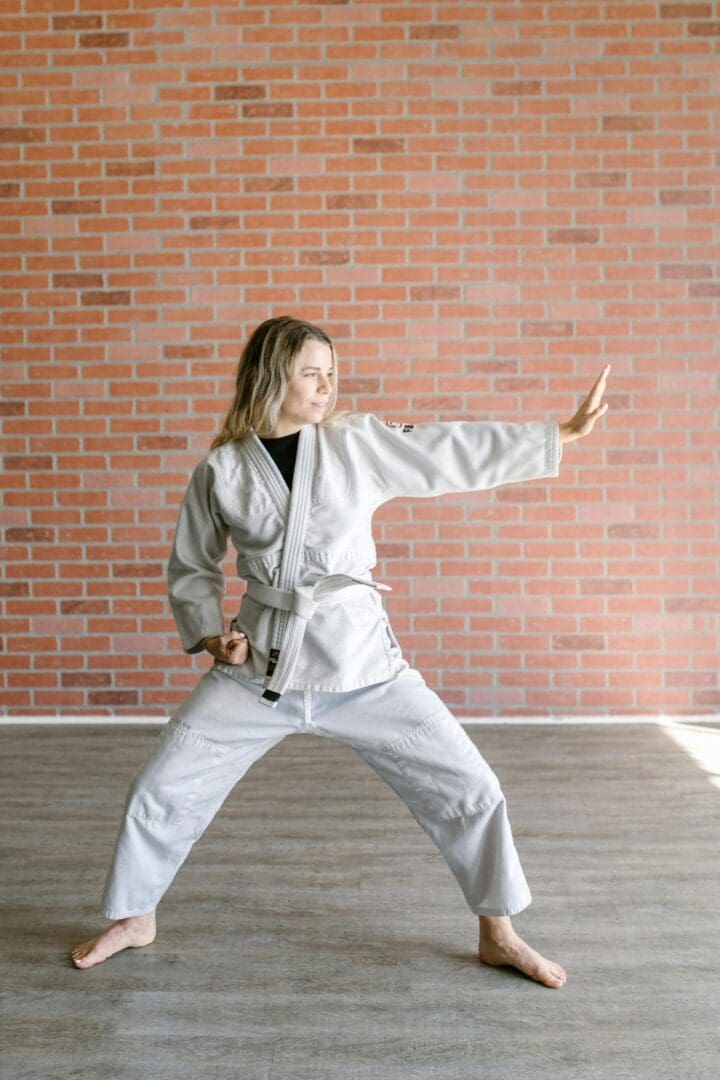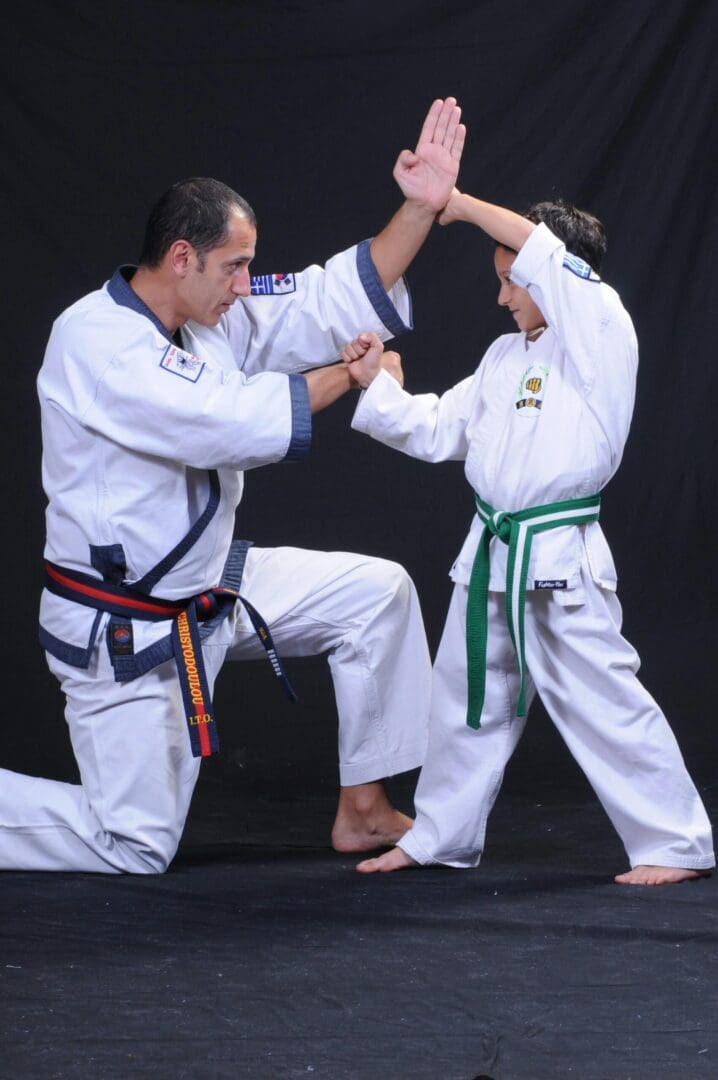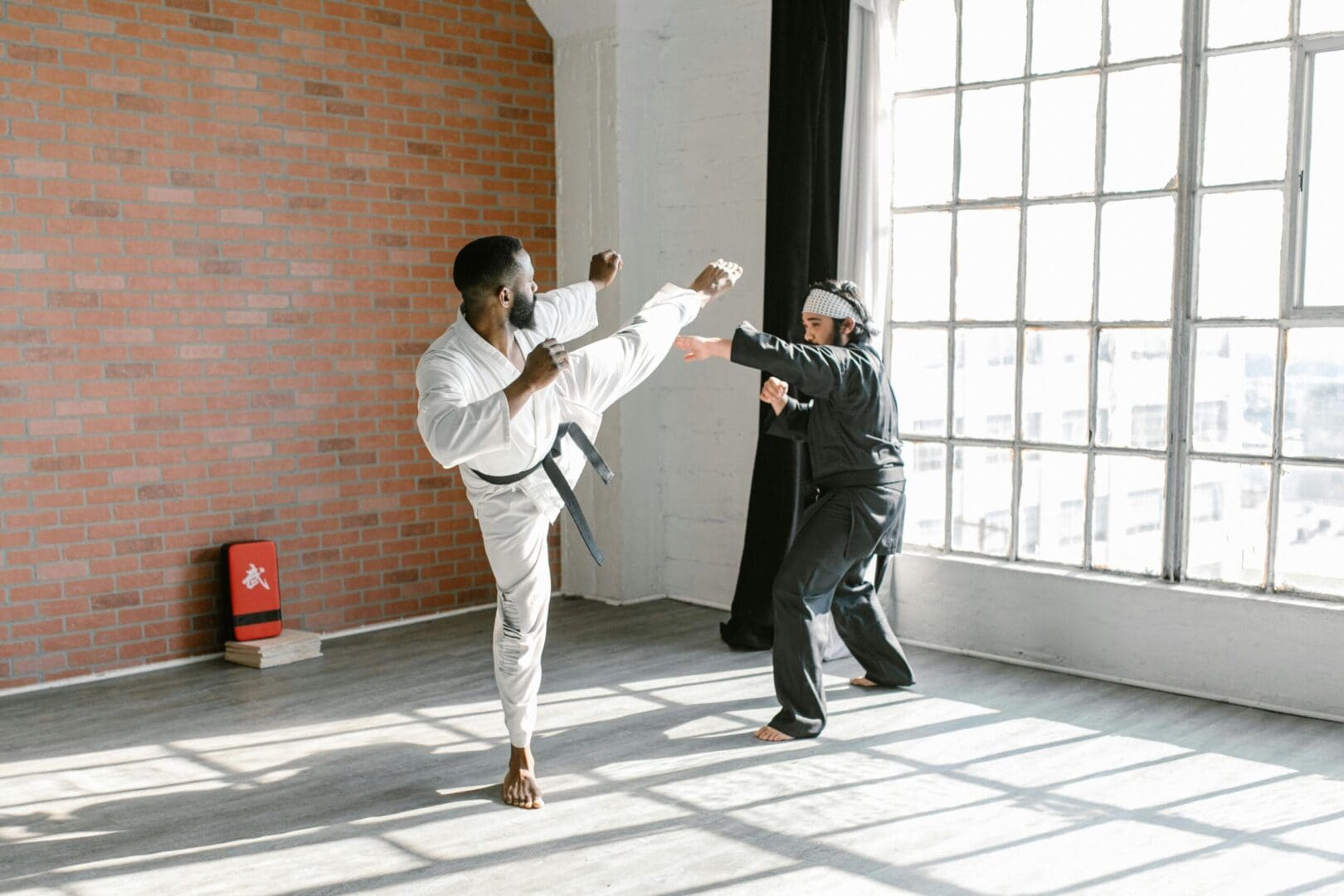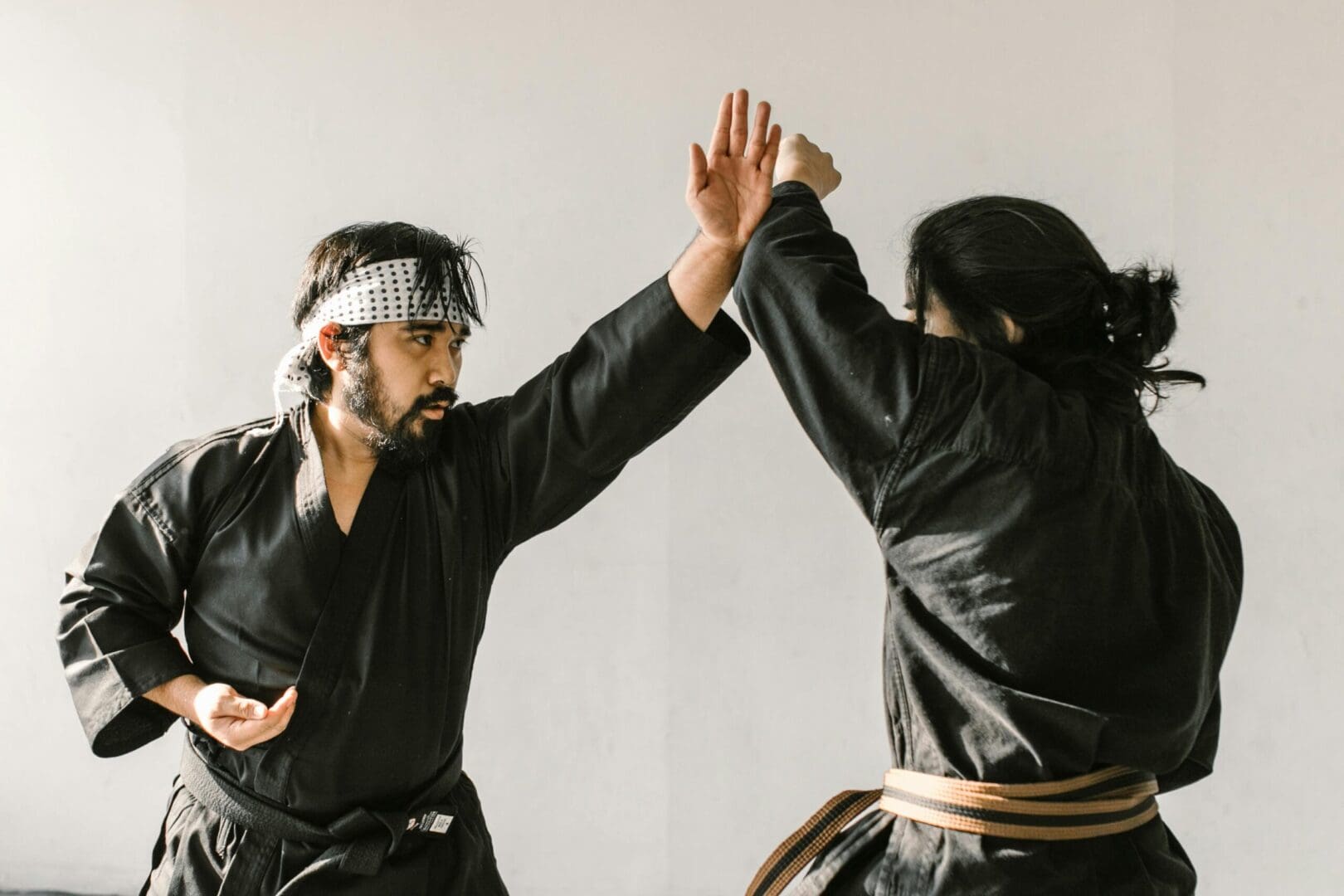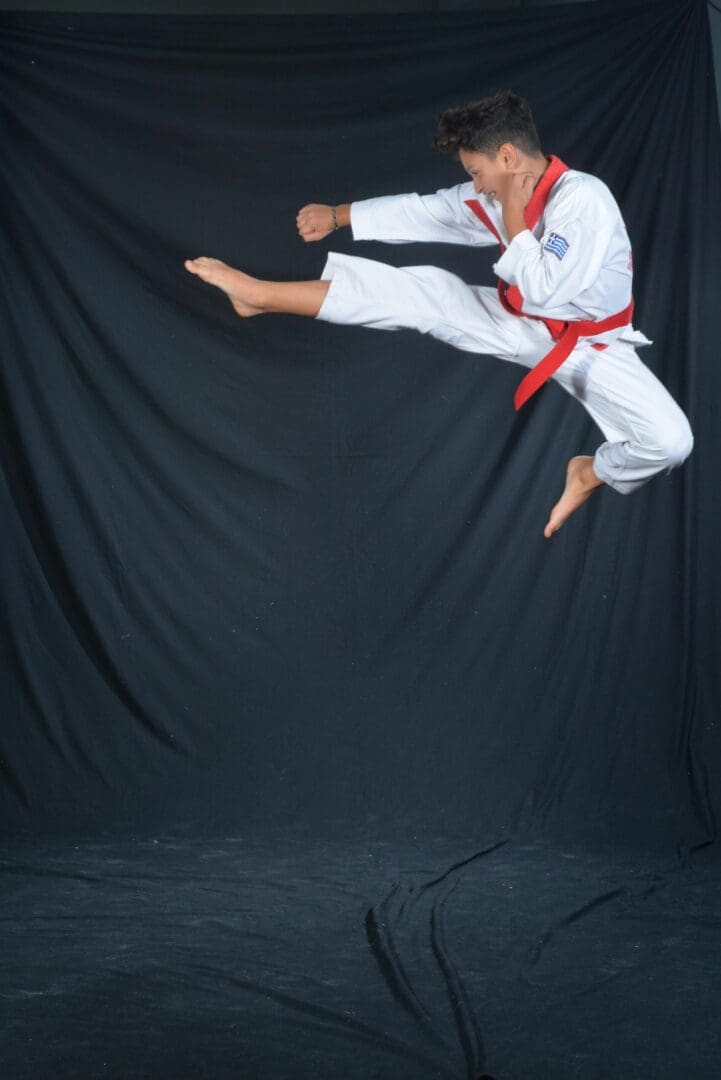About Tang Soo Do
Tang Soo Do is a Korean martial art that blends elements of traditional Korean, Chinese, and Japanese martial arts, making it a unique combination of both hard and soft techniques. It focuses on striking, kicking, blocking, and forms (patterns), with an emphasis on fluid movements, speed, and control. What sets Tang Soo Do apart is its versatility—while it uses powerful, direct strikes similar to those found in karate, it also incorporates grappling techniques and the fluidity of Chinese martial arts, as well as the spiritual aspects of self-improvement, balance, and discipline.
The martial art is known for its high, rapid kicks, which are a key feature, as well as its use of stances that are designed to provide both offensive and defensive advantages. Tang Soo Do practitioners often train in forms (known as Hyung) that simulate combat situations, which help develop coordination, flexibility, and timing.
